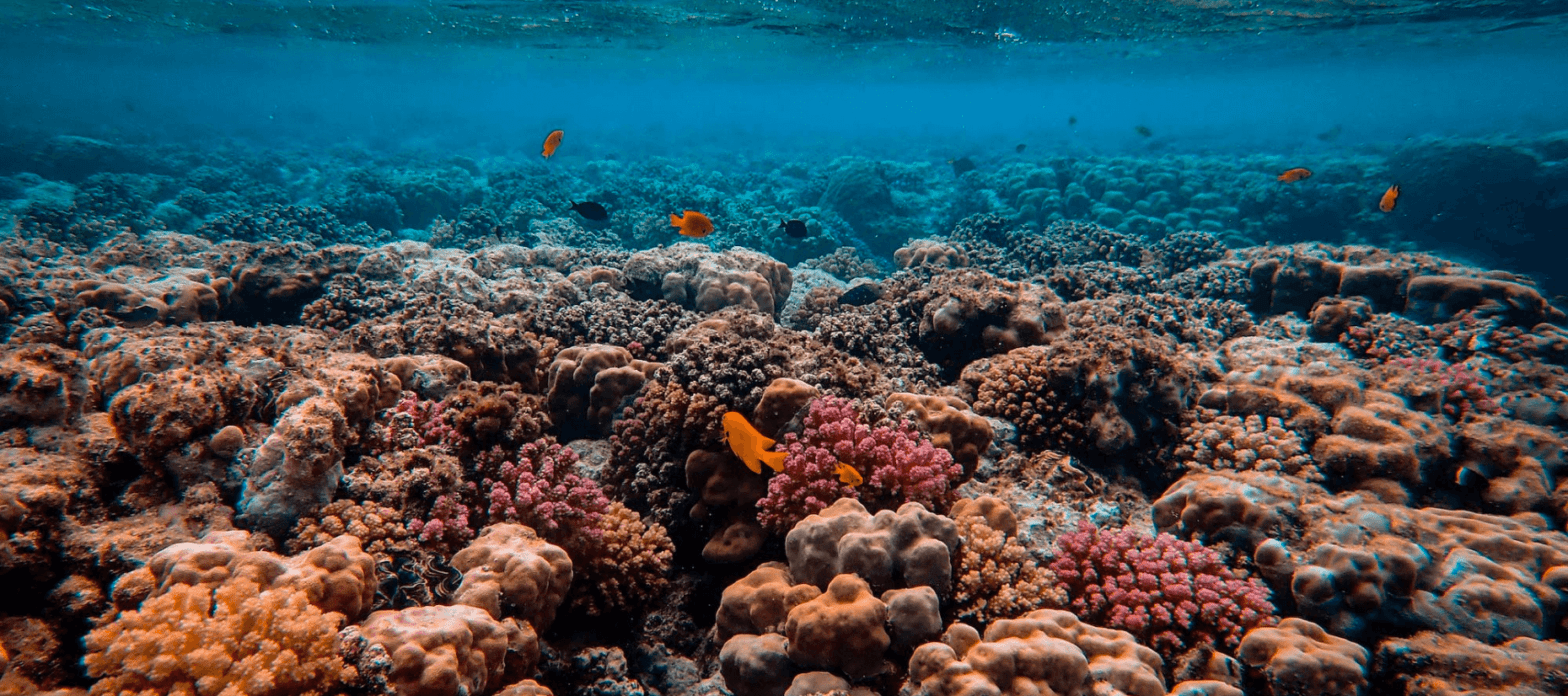- 19 April 2023
World’s at-risk kelp forests provide billions of dollars in benefits, study shows
Report highlights environmental and economic impacts of algae threatened by climate crisis, overfishing and pollution
Almost a third of the globe’s coastal environments rely on kelp to reduce local pollution and sustain fisheries that provide billions of dollars in benefits, according to a new study.
But the climate crisis, overfishing, invasions of voracious sea urchins and pollution are putting at risk the world’s kelp forests, threatening the economic benefits they provide and the huge array of species they support.

“They are the forests of the sea,” said Dr Aaron Eger, the study’s lead author. “If we lose these kelp forests, then we lose the oceans as we know it across massive regions all over the globe.”
About 740 million people around the world live within 50km (30 miles) of kelp-dominated marine environments, the study published in Nature Communications said.
But the critical role kelp plays in absorbing nitrogen, phosphorus and carbon, and keeping coastal environments healthy had gone underappreciated and understudied, said Eger, a marine ecologist at the University of New South Wales.
He led the study alongside 18 other researchers from 10 countries to examine how six common types of kelp provided so-called “services” that benefit societies.
They calculated the amount of nitrogen, phosphorus and carbon dioxide being absorbed by kelp forests worldwide and monetary values for each – the first time a global assessment of the value of kelp forests has been attempted.
The world’s kelp forests absorb excess nitrogen and phosphorus running in to oceans from the land, and were likely absorbing the equivalent of about 18m tonnes of CO2 every year.
Kelp also offers the building blocks for fisheries of abalone, lobsters and reef fish. Every hectare of kelp forest provides habitat for an average of about 900kg of harvested fish and seafood annually, the study says.
Eger said when nitrogen washed into oceans from activities on the land, such as farming and industry, this could promote the rapid growth of microscopic algae that, when it died, depleted the waters of oxygen.
But the world’s kelp forests were absorbing vast amounts of nitrogen which, in turn, improved water quality and gave marine life habitats to live.
“This is just a baseline study, so we expect the approximations will get more accurate as the field advances,” Eger said.
“There were also many other services we didn’t assess, including tourism, educational and learning experiences, and kelp as a source of food, so we anticipate the actual value of kelp forests in the world to be higher.”
In some areas, including northern Tasmania, Western Australia and northern California, losses of up to 95% of kelp have been recorded.
Eger said often the underlying cause of kelp losses was marine heatwaves that killed it off, but overfishing that removed the natural predators of urchins that eat through the forests also contributed.
Last month a study found more than 500 Australian reef species had declined in number over the past decade, with many of the losses concentrated along the kelp-dominated rocky reefs in the continent’s southern waters.
“They are taking it from all fronts, but leading those is temperature,” Eger said. “In most places, we’re looking at slow or precipitous declines of kelp forests.
“The kelp is what’s holding everything together and, if you pull at it like a thread, then you unweave the whole tapestry.”
Eger is the founder of the Kelp Forest Alliance – a not-for-profit group trying to raise awareness of the role of kelp and encourage voluntary pledges for conservation projects around the globe.
He said some steps being taken included the physical removal of urchins, improvements in controlling pollution and the replanting of kelp that, under the right conditions, could grow rapidly.
More news
-
15 June 2023
Qantas sets up AUD$400 million climate fund to invest in SAF and new technology projects.
Australia’s Qantas Group has become the latest airline company to establish a dedicated investment vehicle for sustainable projects and technologies, announcing a AUD$400 million ($267m) climate fund as part of its broader... -
23 March 2023
How UWA is using a unique carbon offset partnership to help restore kelp forests
The University of Western Australia has partnered with local business Canopy Blue in a bid to reduce its carbon footprint, while allowing it to reinvest in its own research to help regenerate... -
11 June 2024
Key Advances in Seaweed Cultivation and Carbon Capture Initiative
Canopy Blue has made substantial progress in our Western Australian seaweed cultivation and carbon capture projects over the last nine months. Kalbarri One has produced excellent Kelp Credit sales including a recent...




